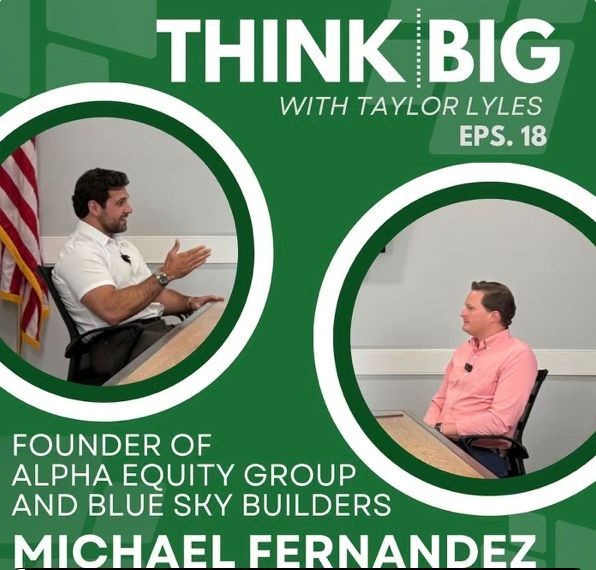CRE Price Discovery
Valuations & Investment Psychology

Price discovery in commercial real estate (CRE) is influenced by a range of factors, including investment psychology, the balance of risk and reward, expectations about economic growth, and more. For real estate transactions to take place, equity and debt providers must have enough confidence in where the market is heading to properly underwrite, or forecast, cash flows that meet their required return thresholds. This process involves constant, day-to-day analysis.
At the heart of confidence in real estate valuations and future projections lies the stability of risk-free markets, particularly the treasury markets. U.S. Treasury bills and bonds are seen as risk-free fixed income assets because they are backed by the full faith and credit of the U.S. government, which guarantees timely payment of both interest and principal. Without a sense of stability in these risk-free assets, it becomes nearly impossible to accurately assess returns or price risk in real estate.
Both real estate investors and others in the market seek rewards that adequately compensate them for the perceived risk involved in earning those returns. This is the fundamental principle of investing, where risk and reward are often seen as a 1:1 relationship. In theory, no investment should offer higher returns for less risk compared to another asset with the same level of risk. When such opportunities do appear, they are often considered “mispriced” or “undervalued” assets—and these are the opportunities investors actively seek out.
Given that risk and return are inherently relative, changes in risk-free yields influence investors' expectations for alternative investments, such as private real estate. Real estate investments require a higher return than fixed income due to the greater risks involved such as physical depreciation and severe weather, to name a couple. The risk-return spectrum within real estate is broad, varying by asset class, submarket, asset grade, and size.
In general, the more liquidity or capital available for an asset, the lower its capitalization (cap) rate will be. Cap rates and risk are inversely related. Assets that attract the most demand typically see investment from those with the lowest cost of capital or return expectations, as their goal is often wealth preservation with minimal risk. Investors in this category include institutions, pensions, endowments, and Real Estate Investment Trusts (REITs). These investors aren't always seeking to maximize returns; rather, they prioritize security. On the other hand, retail or individual investors often demand a higher return to justify the risks associated with real estate investments. In these cases, sponsors must ensure that the higher return requirements are met by purchasing at higher cap rates, or having the opportunity to build to a higher cap rate through the execution of a value-add business plan.
Without confidence in investor appetite and return expectations, buyers are unable to determine the price they can pay for a real estate asset. The price they are willing to pay is simply a reverse-engineered result based on the return requirements of their equity partners, considering the cost of debt tied to the asset, and the relative opportunity cost of investing for anticipated returns elsewhere in the market.
Investor confidence and appetite are shaped by the yields on risk-free assets, which in turn serve as a benchmark for assessing the premium required to invest in riskier alternatives. When risk-free assets experience volatility—as has been the case in recent years—the market as a whole stagnates due to a lack of confidence, leading to a slowdown in transactions.
Ultimately, it is investor expectations, including their emotions, that drive the flow of capital in the market and influence asset valuations. So, when someone suggests that emotions don't factor into commercial real estate, they’re missing a crucial point. All predictions and models for the future, although based on objective data, are influenced by subjective investor psychology. For example, in a liquid market (suggesting a stable credit or treasury environment), demand for class A multifamily properties in core growth markets is abundant. The buyer who ends up winning the deal often must pay a higher price than their underwriting suggests they should just due to the fierce competition they are up against from other parties. So while initial bids or offers may be pegged to stricter underwriting, the winning bid may be somewhat detached from the fundamental underwritten cashflows, and the growth of those cashflows. In these instances, investors may accept or buy into the fact that growth will be higher in the future than previous or current data suggests - just to win the deal.
Investing is simply educated betting about the future. Now, you can better demonstrate the relationship between investor psychology, emotions, and CRE valuations.



